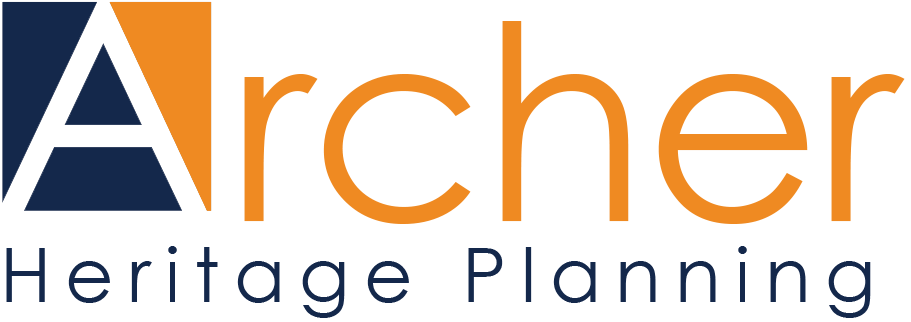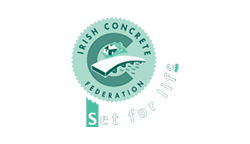Archaeological & Cultural Heritage Consultants
Archer Heritage Planning Ltd are trusted archaeological & cultural heritage consultants. Our extensive range of professional services include archaeological constraint studies, impact assessments, site investigations (test trenching, monitoring & excavation), historical building survey, geophysical survey, topographical & photogrammetric survey and Environmental Impact Assessments Reports (EIAR).
We are experienced archaeological project managers on a diverse range of archaeological projects. Whether it’s infrastructural projects or strategic development plans, single-builds or site-specific management plans, we deliver quality results. On time. Every time.












